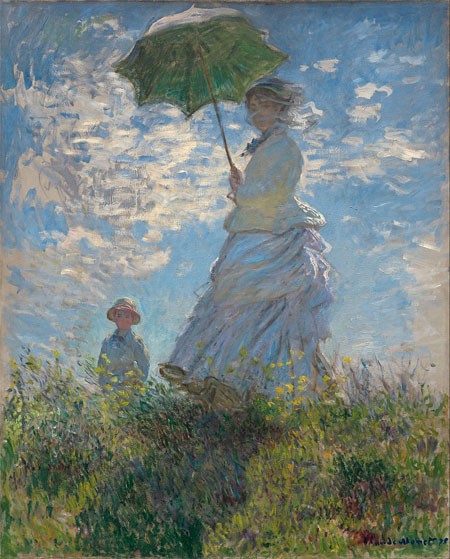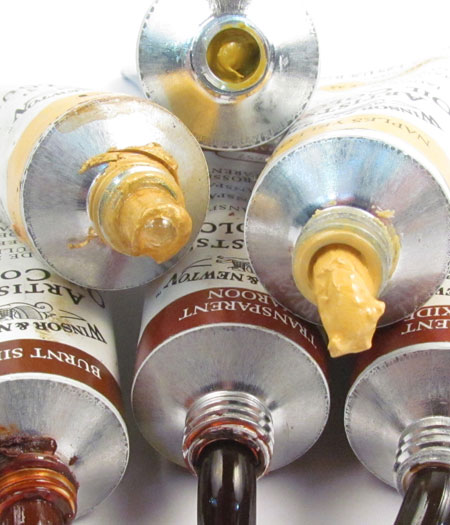Inventions that led to a Painting Revolution

‘Woman with a Parasol – Madame Monet and son’ by Claude Monet
In the 19th Century, there were five developments that led to a revolution in Art and allowed Impressionism to flourish and pave the way for a host of other Art Movements.
Primarily, there was the collapsible metal paint tube. Invented in 1841 by John Goffe Rand, an American Portrait Painter, the tube allowed paint to be pre-made, keep longer and be far more portable. Gone were the pig bladders and glass bottles and vials!
Then there was the metal ferrule – the collar that secures brush heads to the handle. Before its invention in the early 1900s, brushes were…round. No other shape existed due to the restrictions of their ‘quill-bound’ construction but, as soon as the metal ferrule came along, flats and filberts appeared and a wider range of more expressive brush strokes was possible.

The Industrial Revolution led to nu,erous new processes that could extract, analyze and re-create all kinds of chemicals and this led to a whole host of new colours being available to Artists. Some of the colours that appeared during the 19th Century were Cobalt Blue, Cerulean Blue, French Ultramarine, Lemon Yellow, Zinc White and Viridian Green which are now basics that make up a good part of most paint sets. Many of these were brighter and more lightfast and, as a result, paintings became bolder in their use of colour opening up a shift to using colour to describe emotion and mood.
The Railway played an important part too. Now the Artists could travel freely across greater distances to meet with other Artists, visit areas crying out to be painted and be where the patrons were! As the movement and interaction of Artists increased, the ideas, techniques and styles were shared and gave Impressionism the momentum to become as ground-breaking as it was.
Finally, the Pochard or French Easel, although not a new invention, became more popular, more light-weight and more compact. The all-in-one carry case and easel was now ideal for the Plein Air painting that all the other developments facilitated and in turn led to new techniques and styles being explored. Claude Monet’s ‘Woman with a parasol – Madame Monet and her son’ shows the loose, expressive brush strokes made possible by the new brush shapes and captures the moment as only a scene painted in situ can do. He may even have used some of the new colours..cerulean and viridian perhaps?

The Collapsible metal paint tube of today
